Public purpose organisations are constantly navigating complex challenges in their drive to maximise impact and achieve their mission. Leaders within these organisations often grapple with the daunting task of equipping their teams with the right capabilities to drive meaningful change amidst these challenges.
One essential tool in this pursuit is the capability framework – a blueprint outlining the skills, knowledge, and behaviours required for success within an organisation.
Mediocre capability frameworks merely delineate technical competencies. Great capability frameworks shape the collective identity of the organisation by:
-
-
-
Defining shared expectations of performance
-
Creating healthy team environments where staff hold each other accountable to those shared standards
-
Ensuring teams have the capabilities they need to pull together with unity and purpose toward organisational goals
-
-
While establishing a capability framework is a crucial first step, it’s equally important to recognise that your organisational landscape is ever-evolving. As such, regular reviews and updates of your capability framework are essential to ensure alignment with your evolving goals and the changing needs of your stakeholders.
But how do you know when it’s time to review your organisation’s capability framework?
Here are some indicators your capability framework needs a tune-up:

Description
Significant disruption events including large redundancy programs, Machinery of Government changes and restructures create epic changes in the way organisations need to work and function. It’s crucial to review and update your capability framework following these events to ensure alignment with evolving needs, adapt to new work environments, optimise resources, support effective change management, and retain talent during periods of uncertainty.
Example
A large Government Department delivers a redundancy program aimed at streamlining operations and reducing costs, resulting in a significant restructuring. As a result, the roles and responsibilities of remaining staff members needs to change, requiring a reassessment of their capability framework.
Description
As your organisation’s strategic priorities evolve to adapt to changing societal needs or emerging challenges, it’s essential to assess whether your current capability framework aligns with these shifts. If your strategic direction has changed significantly, it may be time to revisit and realign your capability framework accordingly.
Example
A NFP develops a new strategic plan that includes a greater focus on generating philanthropic funding to reduce their reliance on State Government. They review their capability framework to ensure it reflects the necessary skills and competencies for effective networking, fundraising and negotiation skills to support this new approach.
Description
Similar to strategic shifts, policy or legislative changes may impact your organisation’s operations or mandate and necessitate a review of your capability framework.
Example
A Regulator’s remit expands to include new powers or jurisdictions, necessitating updates to their capability framework to ensure that employees are equipped with the necessary skills and knowledge to carry out their duties effectively.
Description
It’s important to regularly assess whether the language used in your capability framework aligns with the unique culture you want to foster within your organisation, and to ensure that the goals outlined in the framework are both meaningful and engaging for employees.
Example
An organisation focused on environmental sustainability finds that many staff members feel disconnected from the organisation’s mission. The language used in their capability framework is overly technical and detached from the organisation’s core values and mission. They decide to revise the capability framework to incorporate language that aligns with the impact they want to create.
Description
Keeping abreast of market trends and best practices within your sector can provide valuable insights into emerging skills and competencies that are essential for success. If your capability framework does not reflect these evolving trends, it may hinder your ability to attract and retain top talent.
Example
A high-volume Contact Centre in a Government department implements AI-Powered Virtual Assistants to manage low-level enquires via their website. The team revises their capability framework to ensure they have the required knowledge for maintaining the AI platforms and refocuses capability development on managing high-complexity cases.
Description
As your organisation grows and evolves, your capability requirements may also change. Whether it’s expanding into new geographic regions, diversifying your programs, or adopting new technologies, organisational growth and change can necessitate a review of your capability framework to ensure it remains relevant and effective.
Example
A NFP expands its service offering to include new diverse communities and refreshes its capability framework to include cultural competency and diversity training to support effective engagement with diverse communities.
Description
Feedback from stakeholders, including employees, co-producers, volunteers, donors, and beneficiaries, can provide valuable insights into the effectiveness of your current capability framework. Pay attention to any recurring themes or areas of concern raised by stakeholders, as these may indicate areas for improvement within your capability framework.
Example
A Statutory Authority hears feedback from its Departmental stakeholders indicating shared timelines are regularly pushed back. They decide to review their capability framework to ensure adequate attention is being given to the capabilities required for successful project delivery and collaboration.
Description
Regular performance evaluations and assessments can highlight gaps between the skills and competencies outlined in your capability framework and the actual performance of your team members. If consistent performance gaps are identified, it may signal a need to update your capability framework to better reflect the skills required for success in your organisation.
Example
The capability framework for a technical team within a large Department emphasises technical skill development and expertise, but performance review data consistently demonstrates employees are struggling with leadership tasks and approaches. The capability framework is reviewed to ensure leadership capabilities are given greater focus for more senior roles.
If one or more of these indicators rings true for you, it’s time to update your capability framework to ensure it is setting your organisation up for success.
About the Author
Gee Stewart-James is a director at Cube Group. Gee’s deep curiosity for organisational culture is evident in their approach to projects. Driven by experience in organisational design and performance, project management and data analysis Gee delivers tangible outcomes for public purpose organisations.







